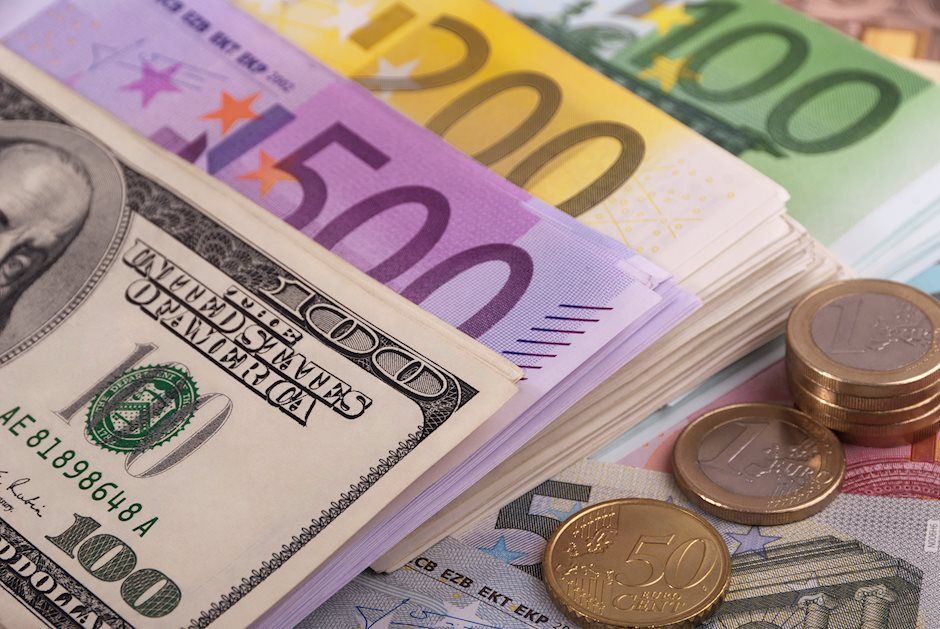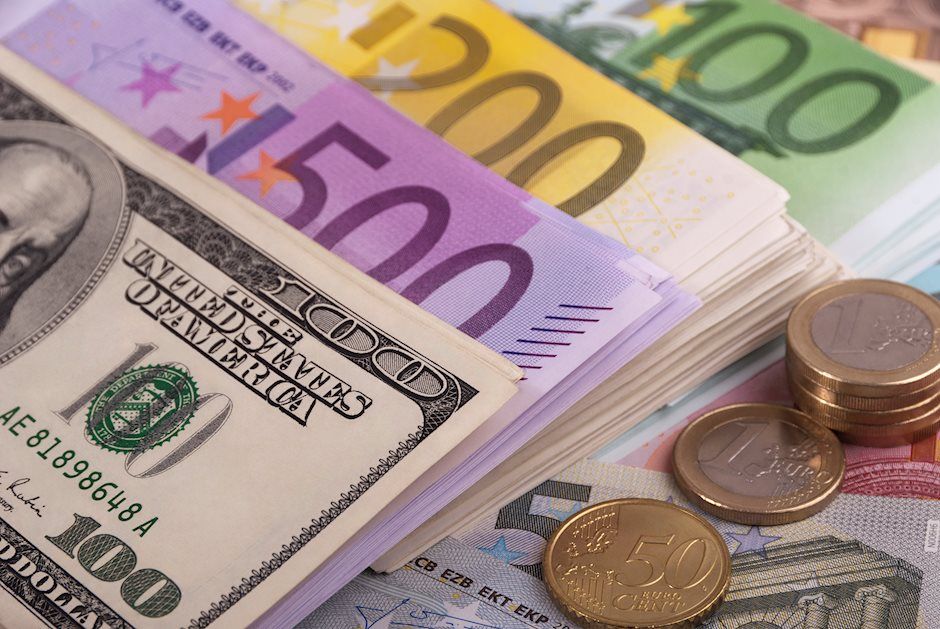
This week, the euro fell below $1.02, continuing its descent to fresh 20-year lows and possible parity with the U.S. dollar.
Wednesday afternoon in Europe, the euro fell as low as $1.0165 before recovering to stay just above the $1.02 mark Thursday morning.
The common currency of the euro zone has been steadily depreciating as fears of a recession in the region deepen amidst rising uncertainty regarding the bloc’s energy supply, with Russia threatening to further decrease gas supplies to Germany and the rest of the continent.
The possibility of an economic slowdown casts doubt on the European Central Bank’s ability to tighten monetary policy sufficiently to rein in record-high inflation.
In a note published on Wednesday, Deutsche Bank said that the stress points extend beyond the German natural gas crisis to the entire European energy market, as indicated by France’s EDF announcing additional electricity restrictions on Wednesday morning.
Deutsche Global Head of FX Research George Saravelos speculated that “safe-haven” moves towards the U.S. dollar could become “much more dramatic” when the U.S. enters a technical recession, adding to the downward pressure on the EURUSD exchange rate.
“We conclude that a fall down to 0.95 to 0.97 in EUR/USD would match the all-time highs in exchange rates and USD risk premium since the end of Bretton Woods,” said Saravelos.
If both Europe and the United States enter a (deeper) recession in the third quarter as the Federal Reserve continues to raise interest rates, these levels could be reached.
He indicated that a signal that the Fed is entering a prolonged pause in the monetary tightening cycle would be a crucial factor in reversing the strengthening of the U.S. currency by releasing some of the risk premium embedded in the greenback.
The DXY index of the U.S. dollar has increased by more than 11 percent so far this year, closing slightly below the 107 level.
In the meantime, a “clear peak” in European energy tensions due to the cessation of hostilities in Ukraine may present an opportunity for the euro to rise.
Saravelos stated, “Continued (partial) delivery of Russian gas over the summer would not be sufficient, as the risk of a shutdown would persist through the winter.”
The dimming prognosis for the European economy coincides with the ECB’s determination to raise interest rates for the first time since 2011 as inflation in the euro zone reaches an all-time high of 8.6 percent.
The world’s central banks have a dilemma as they strive to reign in inflation without worsening economic slowdowns, which, according to the data, are on the horizon.
The Fed is already well into its tightening campaign, having raised its benchmark interest rate by 75 basis points in June and drastically lowering its growth forecast for 2022.
The most recent Federal Open Market Committee meeting minutes revealed that policymakers are concerned that the central bank may lose its credibility if inflation worsens.
Capital Economics Markets Economist Franziska Palmas stated on Tuesday in a research note that investors across asset classes were discounting a pretty negative economic result in the euro zone.
“Even though we believe that the prognosis for the euro-zone economy would have to deteriorate significantly further for the underperformance of the euro and euro-zone assets to persist, we still anticipate them to suffer further,” she said.
“First, we believe that the gas supply in the eurozone will remain constrained and gas prices will remain high. This is part of the reason why we expect the euro-zone economy to flirt with recession this year, despite assuming merely a slowdown and not a complete cessation of Russian gas supply.”
The backdrop of aggressive interest rate hikes by central banks and poor global economic growth, according to Palmas, will continue to exert downward pressure on riskier assets and cause investors to flee to the traditional “safe haven” U.S. dollar.
“As a result, while we do not anticipate euro-zone assets to continue underperforming their DM counterparts, we anticipate that their absolute performance will remain bad this year and next,” she said.
Germany had its first goods trade deficit since 1991 on Monday, as rising energy prices drove up import costs for Europe’s largest economy and global trade disruptions hampered exports.
The statistics were among a slew of data releases in recent days that underscored the euro zone’s deteriorating economic situation. The July Sentix Economic Index revealed that investor sentiment in the 19-nation euro zone has fallen to its lowest level since May 2020, indicating a “inevitable” recession.
“Given the nature of Germany’s exports, which are sensitive to commodity prices, it is difficult to imagine the trade balance improving considerably in the next few months, given the predicted slowdown in the Eurozone economy,” Saxo Bank foreign exchange strategists said in a note last week.
“Meanwhile, high energy prices will continue to have a negative impact on the trade balance and could reduce EUR sentiment. The EURUSD is likely to find it difficult to sustain a move above 1.0500, thus the 1.0350 support is in focus.


